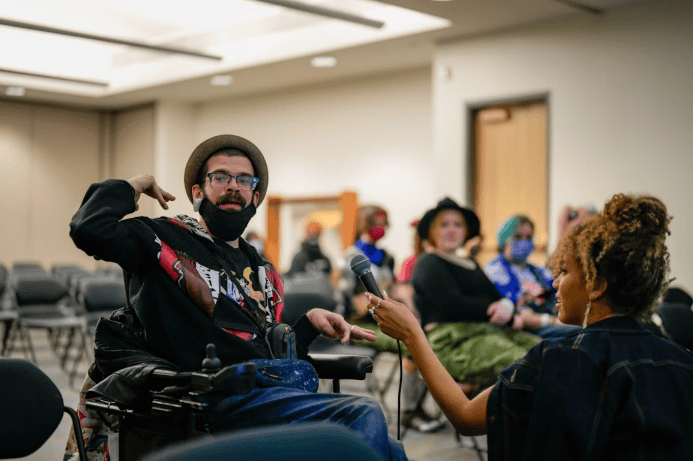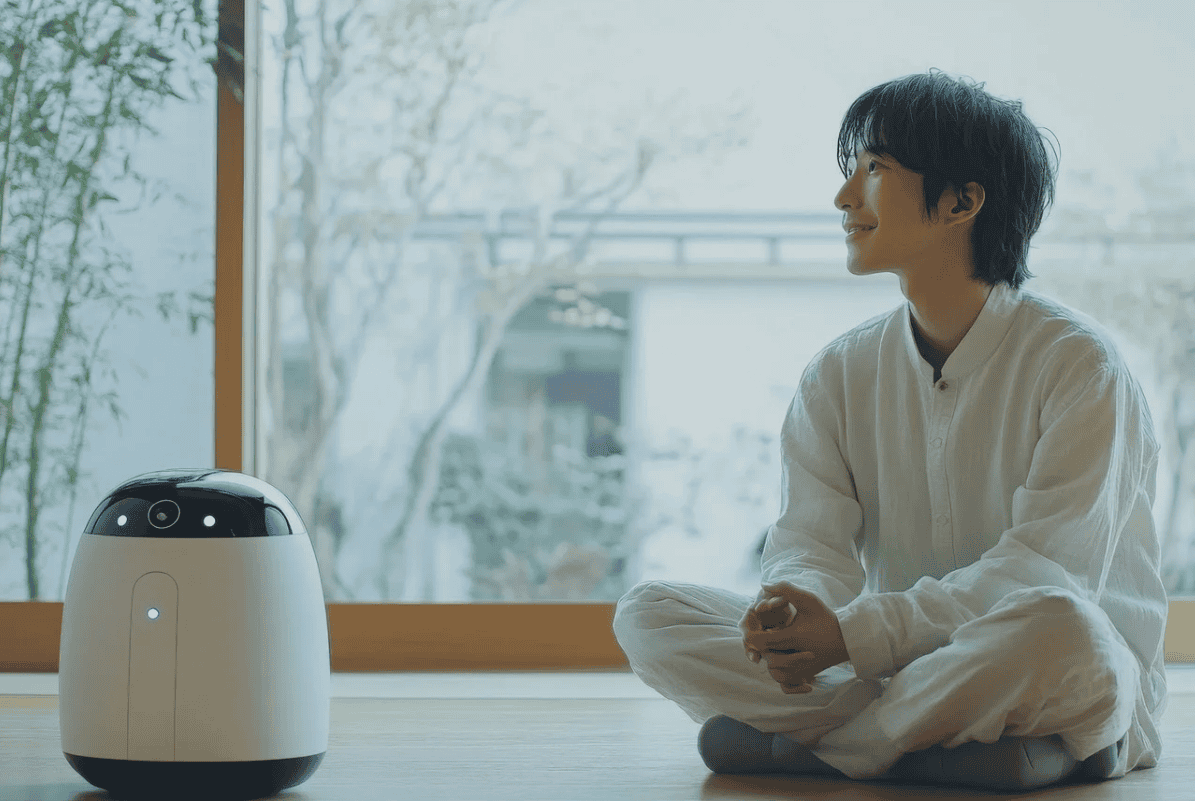When your teen is struggling, the search for group homes for teens can feel scary and urgent. You want safety, compassion, and real help—not guesswork.
This guide offers clear steps and a calm voice so you can choose confidently and keep your teen feeling seen and supported.
What is a group home—and when does it fit?
Group homes for troubled youth are small, community-based residences (typically 6–12 teens) with 24/7 supervision, structured routines, school support, and life-skills coaching. Clinical services are present, but it isn’t hospital-level care.
- A good fit when your teen needs round-the-clock structure and coaching but does not require acute or inpatient treatment.
- Not a fit for recent suicide attempts with ongoing high risk, uncontrolled aggression, severe substance dependence needing detox, or medical instability. Those require higher levels of care first.
Signal to send your teen: “I’m here. I want to understand what you need, and we’ll choose the safest option together.”

Safety first: a concise, human checklist
Use these items to screen any program before you tour or enroll:
- License & accreditation: Active state license; independent accreditation (e.g., The Joint Commission, CARF) is a plus.
- Clinical model: Which therapies (CBT, DBT, family therapy)? Weekly sessions with a licensed clinician; med management by a psychiatrist/NP.
- Staffing & training: Posted staff-to-youth ratios day/night; training in trauma-informed care, de-escalation, suicide prevention.
- Safety & restraint policy: Written, accessible; restraint only as last resort, with incident review and parent notification.
- Family involvement: Routine parent updates and weekly family therapy or coaching.
- Education: Accredited school on-site or through a partner; IEP/504 honored; credit transfer in writing.
- Medication management: Secure storage, double-check procedures, side-effect monitoring.
- Transparency: Clear grievance process; data on incidents (AWOLs, restraints, injuries) available on request.
- Outcomes & length of stay: How progress is measured; typical stay (often 3–9 months); step-down/aftercare plan.
- Youth rights: Posted resident rights (privacy, communication, freedom from abuse), and private family contact.
Signal to send the program: “Could you share your safety policies, latest inspection report, a sample treatment plan, school accreditation, and staff training curriculum?”
The tone that helps teens open up
Research with adolescents shows that attentive, empathic listening—eye contact, open body language, simple acknowledgments (“mm-hmm,” nods), and brief verbal validation—boosts closeness, autonomy, and the likelihood teens keep sharing in the future. Bring that same signal into placement conversations:
- Open posture, gentle pace: lean slightly forward, avoid interruptions.
- Short validation: “Thanks for telling me—that wasn’t easy.”
- Support autonomy: “What would help you feel safer in a place like this?”
- Kind curiosity: “What worries you most about the change?”
These small signals don’t replace clinical safety—but they make decisions smoother and strengthen trust.
Red flags—do not minimize them
- Vague or secretive policies (“We handle that internally”).
- Pressure to enroll quickly or pay large non-refundable deposits.
- No licensed clinical leadership.
- Discouraging family contact or limiting school access.
- Punitive methods (humiliation, forced exercise, food restriction).
- High staff turnover with many vacancies.
If you see two or more, keep looking.
Verify credibility without losing momentum
- State licensing portal: Look up substantiated complaints or sanctions.
- Accreditor directories: Confirm active status directly.
- Professional boards: Verify licenses for clinical leaders and prescribers.
- Education authorities: Confirm school accreditation and IEP services with the state DOE.
- References: Ask for two current families and one alumni family—and call them.
Gentle script with your teen: “We’ll check proof and talk to other families. I want this to feel safe for you.”
Costs, insurance, and school—no surprises
- Insurance: Coverage may apply if the program is licensed and your teen meets medical-necessity criteria; pre-authorization is common. Keep records of diagnoses, prior care, and safety concerns.
- Private pay: Clarify what tuition includes (clinical care, school, meds, testing, transportation).
- Credits: Get written confirmation that credits will transfer.
- Timeline: Align goals with a realistic stay (often 3–9 months) and a clear step-down plan.

Questions to ask on a tour (virtual or in-person)
- “What does a typical weekday and weekend look like?”
- “How do you individualize goals, and how often are they updated?”
- “What happens if my teen refuses school or therapy?”
- “How will we be notified and involved after any safety incident?”
- “How do you prepare teens to transition home or to a lower level of care?”
- “May we speak privately with current residents?”
Preparing your teen (language that helps)
- Honest and brief: “You’re not in trouble—we want more daily support so you can feel better.”
- Co-regulate: slow the conversation, pause, breathe together.
- Choice within boundaries: “Let’s pick two programs to visit together.”
- Keep connection visible: agree on call/visit schedules and approved comfort items.
Aftercare: the bridge that sustains progress
Strong programs plan aftercare from day one: weekly individual (and family) therapy for 8–12 weeks, IEP review and credit mapping, medication follow-up within 30 days, an updated safety plan (warning signs, coping steps, crisis numbers), and pro-social activities your teen chooses.
Quick decision path
- Immediate safety risk? → Call or text 988 or go to the nearest ER.
- Outpatient care tried in earnest but not enough? → Consider RTC or group home.
- Needs 24/7 structure without hospital level? → A group home may fit.
- Verify license, staffing, education, and family involvement.
- Tour 2–3 programs; compare written policies and outcomes.
- Set aftercare before admission.
Small tone shifts that keep conversations open
- Before: “Provide your policies and data.”
After: “Could you share your safety policies and incident data in writing? It would help me feel at ease.” - Before: “Your child must follow the rules.”
After: “We want clear, predictable rules—with supports that help our teen meet them.” - Before: “Punishment doesn’t work.”
After: “Evidence suggests progress is stronger with firm limits + repair and skills, not shame.”
If you or someone you love is in crisis
Call or text 988 (U.S.) for the Suicide & Crisis Lifeline, or 911 for an immediate, life-threatening emergency. If you’re outside the U.S., contact your local emergency number.
This guide is educational and not a substitute for personalized medical or legal advice. A licensed clinician can help determine the most appropriate level of care for your teen.






























